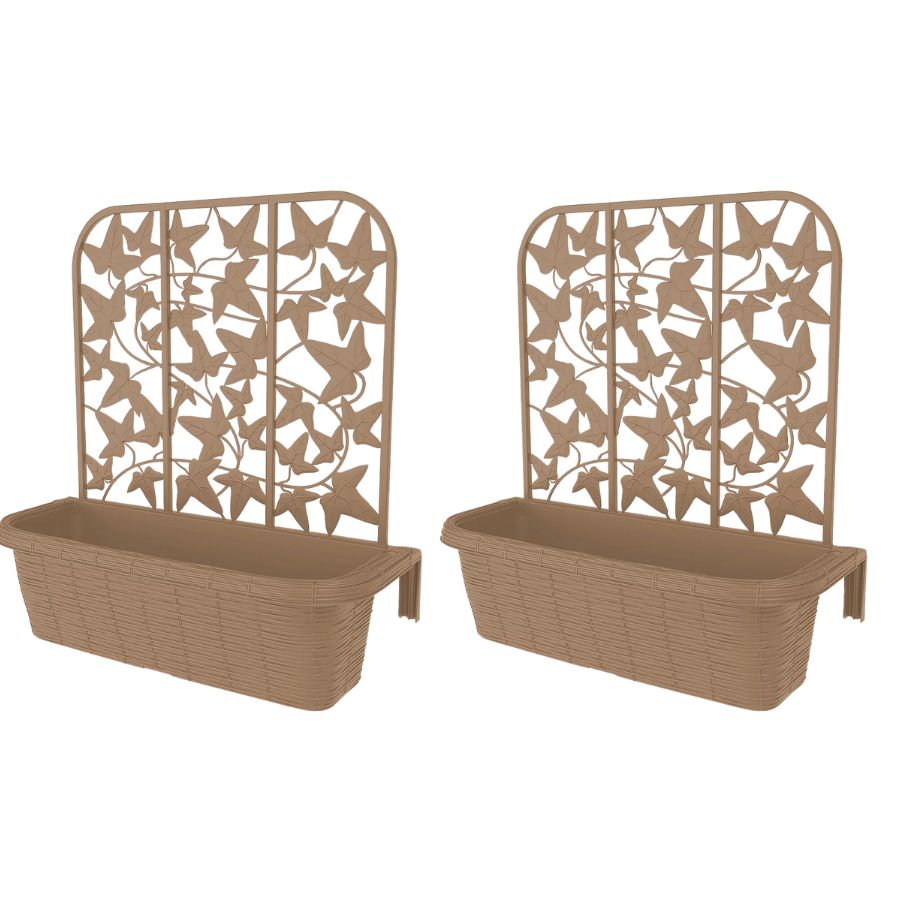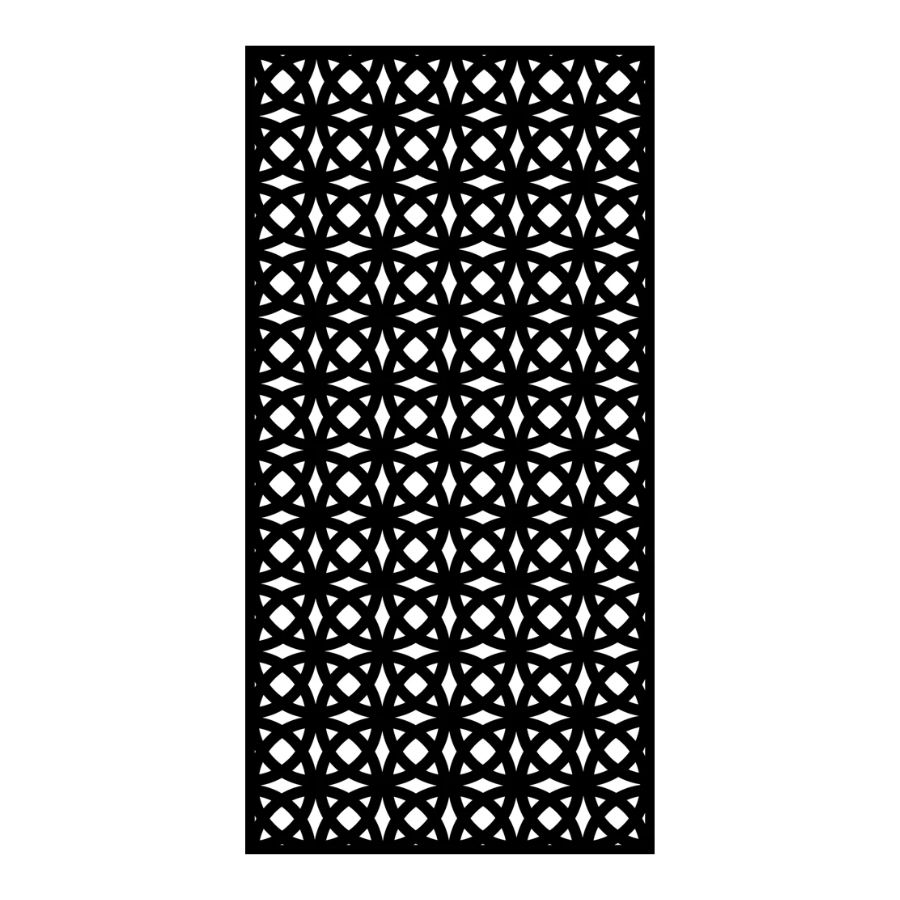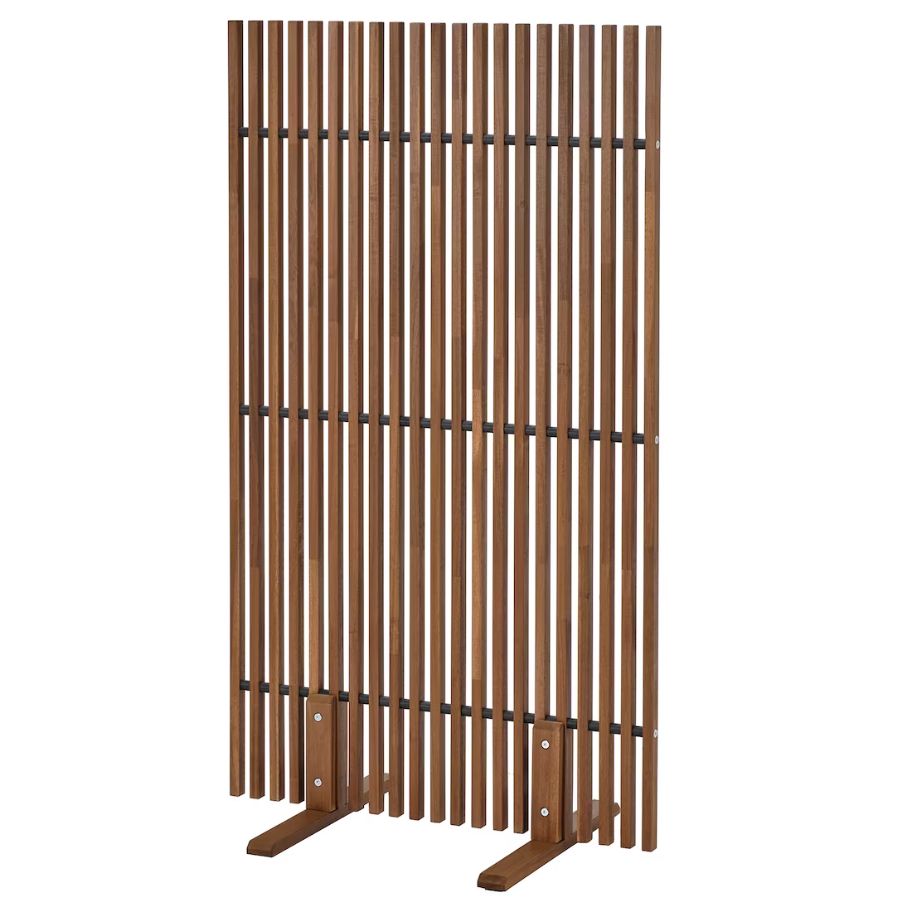5 Backyard Privacy Mistakes to Avoid for a Secluded Outdoor Retreat — "This Feels Much More Comforting"
If you want to create a secluded outdoor haven, privacy is a key element to incorporate. Here, the experts share the privacy mistakes to be wary of
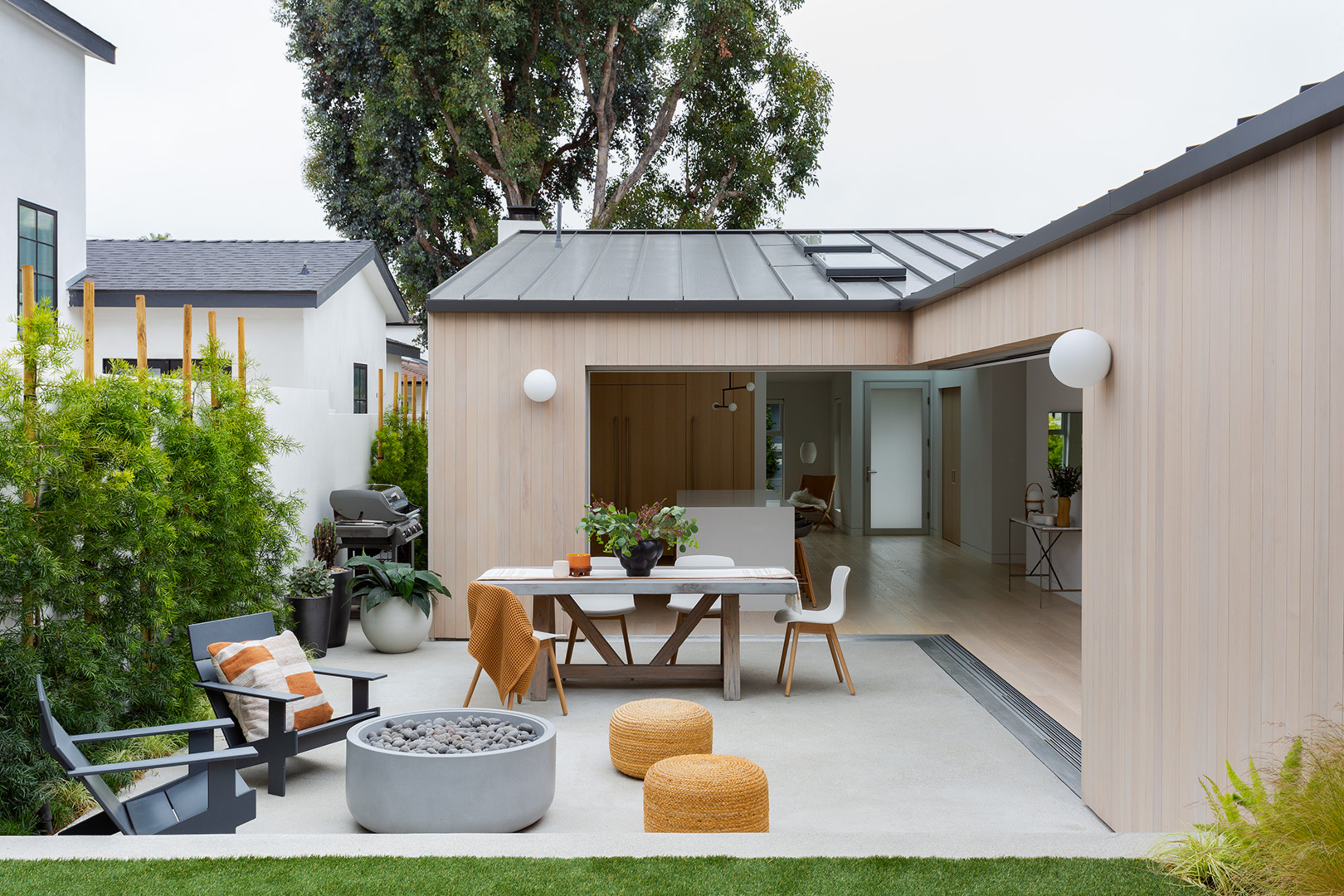

The most relaxing outdoor spaces are those that feel private, intimate, and secluded, but how do you create a space that feels worlds away from the prying eyes of nosy neighbors? It's a problem that can be particularly trying if you have a small backyard, a slither of balcony, or live in an urban environment. Luckily, there are many solutions out there to help you create a haven that feels totally private, although these ideas require a lot of thought to ensure they are executed perfectly.
'To some, a private landscape may mean an open and airy property with unobstructed views of the waterfront beyond, while to others, it might be an intimate urban garden with lush, layered plantings that screen onlooking houses and unsightly back lanes,' says Tasha Sangha, landscape architect at Paul Sangha Creative. 'No matter the context, what is common across private landscapes is the sense of comfort, security, and oasis-like qualities they offer homeowners.'
To help you create a backyard that is hidden and secluded, and encourage you to stay clear of the common privacy pitfalls that homeowners often make, we've spoken to the landscaping experts to get their top tips.
1. Picking deciduous plants

Select the best trees for privacy as well as shrubs and plants to create a sense of seclusion in your backyard, and don't forget that these plants need to provide year-round coverage.
Pick evergreen shrubs and trees that will protect your private backyard throughout the year. Leyland cypress, arborvitae, yew, bamboo, and ivy are reliable plants that can be used throughout the year for screening. If you are more concerned with only having privacy in the summer months (when you are more likely to be using your backyard as an extension of your living areas), then seasonal blooming plants should be selected. Leyland cypress, arborvitae, yew, bamboo, and ivy are reliable plants that can be used throughout the year for screening.
For Tasha Sangha of Paul Sangha Creative, it's best to have a blend of evergreen and deciduous, trees and shrubs as this can create a layered effect of differing shapes, foliage colors and flowering times.
'Mature trees and hedges provide an instant impact to address screening issues. Though evergreen species are most commonly used, deciduous varieties can also act as a screen and provide visual interest with their sculptural branch patterning during the winter months. says Tasha.
2. Forgetting to cover from above

Privacy isn't all about strategic screens and well-placed fences that hide and conceal the edges of your backyard. In small backyards, often in cities, the prying eyes can come from above as neighbors can see down into your backyard from their windows.
Combat this by remembering to shield your backyard from above. Use a pergola overhead for a permanent structure. A pergola offers a structure consisting of columns that support a roofing grid of beams and rafters, often topped with fabric. A rust-proof frame like aluminum can work well, while wood brings more of a natural aesthetic (so long as it has been weatherproofed with an appropriate wood stain and sealer).
If you don't want to go down the fabric root, you can also grow and train a vine to wind its way up the pergola. Something like a grapevine will bloom in the summer months well into the start of fall, creating a verdant ceiling made up of leaves and bunches of grapes. 'Fast-growing vines offer vertical privacy solutions,' says Lina Cowley, master botanist at Trimmed Roots. 'Try clematis (showy flowers in a variety of colors,' honeysuckle (a fragrant spring bloom), grapes or trumpet vine (bright orange and red blooms on vines growing up to 40 feet long).'
A shade sail can also make a good overhead addition that can be taken down and put up as and when needed. It can also bring a whimsical, boho feel to your backyard and make for a tent-like quality over an outdoor dining area, perfect for a summer dinner party.
In this example, a timber screen over the covered outdoor entertaining area allows light but limits overlooking. The retraction of these screens allows the entire width of the backyard to be opened up for family functions.
3. Blocking views or light
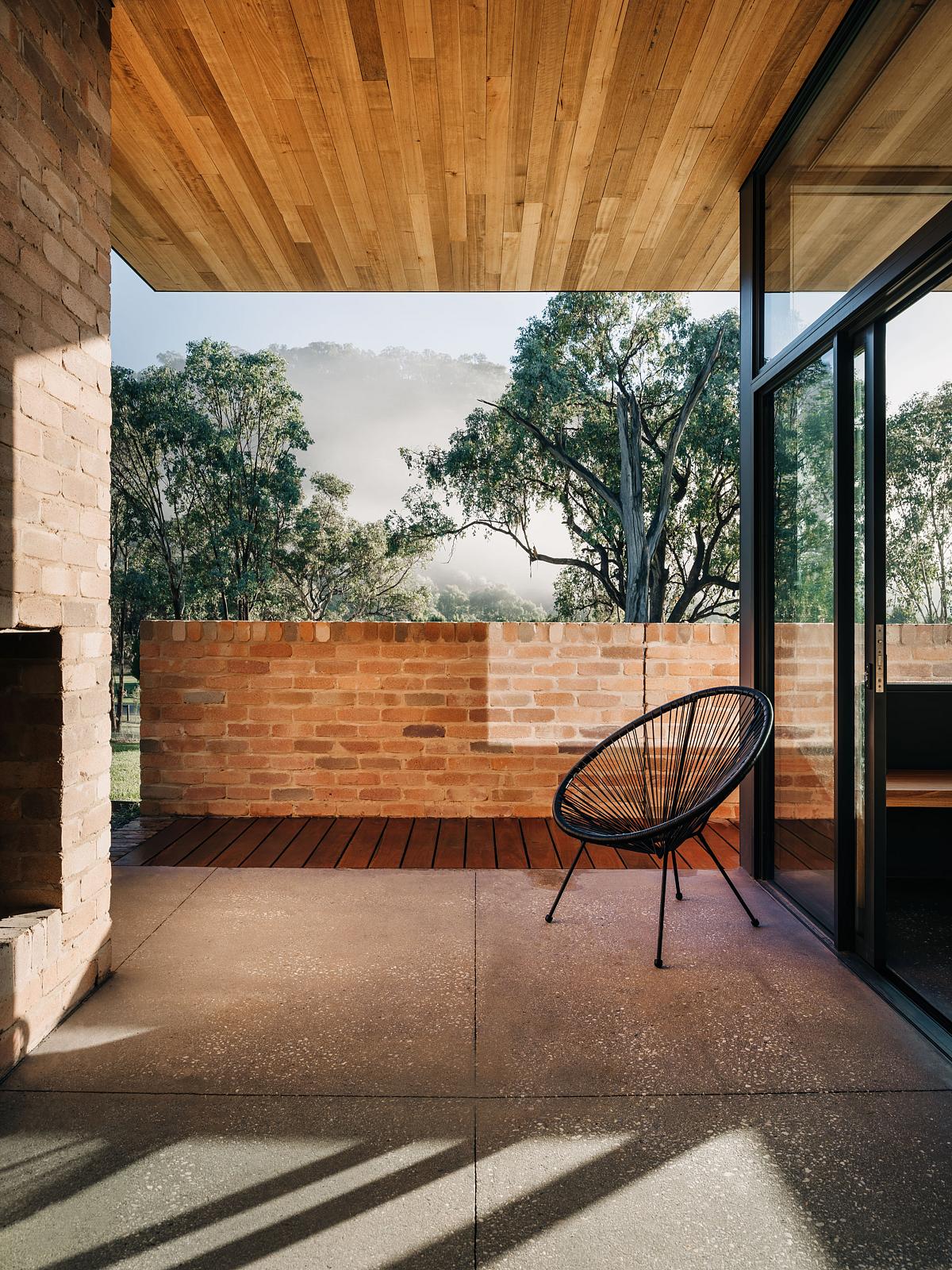
Unlike deciduous plants that expose bare bark in the winter months, privacy screens offer total seclusion all year round. These screens have proved to be a successful piece of modern outdoor furniture to help conceal and zone the space, helping you to carve out a secluded corner or conceal unsightly views.
Where homeowners stumble is poorly placed privacy screens in the backyard. If your privacy screen has been badly positioned, it can make your small backyard feel smaller. Make sure you look at where light floods into your backyard too, as a screen that has been badly positioned might block light which can impact the growth of flowers and plants that rely on the sunshine.
The best privacy screens have been well placed, allowing you to orchestrate the shade and giving you real power over how you use your backyard. 'A well-placed privacy screen, pergola, sun shade, or retractable awning can extend the usable hours during the hottest parts of the day,' says Cate Singleton, Tilly Design's director of Design. Consider installing a lattice pergola or trellis that doesn't completely distort or block the light as it enters your backyard.
5. Getting impatient
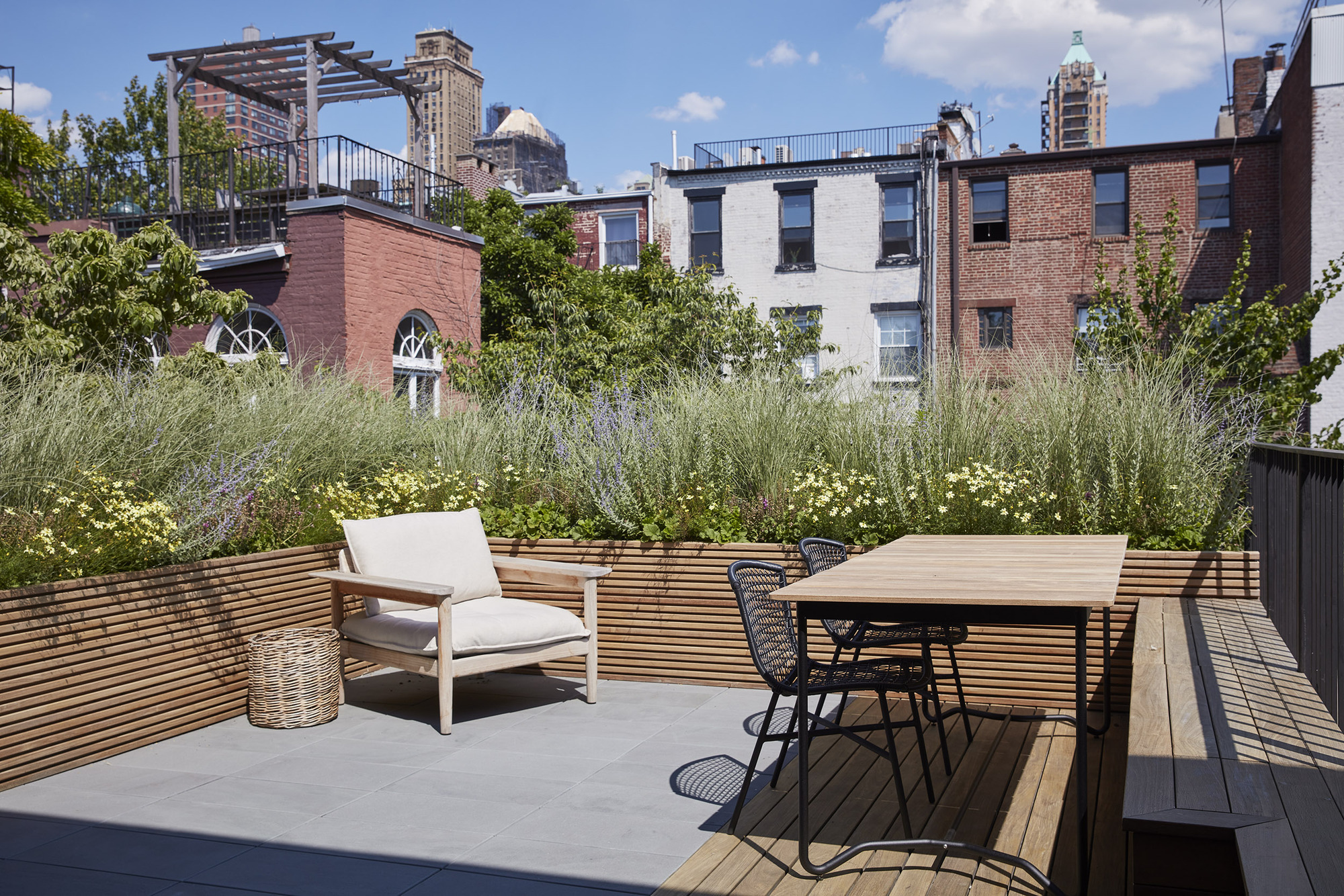
According to Don Eaton, founder and CEO of Bower and Branch, you need to consider a realistic timeline if relying on plants and shrubs for privacy.
'Perhaps the most common error when planting for privacy is impatience,' he says. 'Generally, the need for privacy is immediate and this leads to overplanting and overspending,’ says Don. Panic planting means homeowners try and plant their shrubs and vines too quickly which means overcrowding in the ground.
'Since plants need time to grow and you can’t always achieve total privacy, or at least not right away,' agrees Julie Farris, a Brooklyn-based landscape designer and founder of XS Space.
In this example, Julie wanted the clients to feel ensconced in a room yet feel the openness to the borrowed landscape surrounding their terrace. She selected perennial grasses which are known for their speedy growth.
'The plantings are a palette of hardy drought-tolerant ornamental grasses for privacy such as morning maiden grass, Russian sage, and tickseed. The combination of these perennials is light and airy, providing soft hints of color with a beachy, modern, and organic feel.'
5. Not consulting the neighbors

Finally, consider your neighbors before making any drastic changes. A shared privacy fence or wall equally belongs to your neighbors as it does to you, so stay on their good side by consulting beforehand. For example, you might want to double-check that a fence-topping trellis doesn't block the light or view.
In a similar vein, you want to commit to maintaining your privacy elements to avoid any disgruntled neighbors. From overgrown hedges to dilapidated fences that need a lick of paint to low-bearing trees that might be dropping fruit into the next-door backyard, watch out for things that could encourage neighbor disputes.
3 on-trend privacy screens to bring seclusion to your backyard
Be The First To Know
The Livingetc newsletters are your inside source for what’s shaping interiors now - and what’s next. Discover trend forecasts, smart style ideas, and curated shopping inspiration that brings design to life. Subscribe today and stay ahead of the curve.

Former content editor at Livingetc.com, Oonagh is an expert at spotting the interior trends that are making waves in the design world. She has written a mix of everything from home tours to news, long-form features to design idea pieces, as well as having frequently been featured in the monthly print magazine. She is the go-to for design advice in the home. Previously, she worked on a London property title, producing long-read interiors features, style pages and conducting interviews with a range of famous faces from the UK interiors scene, from Kit Kemp to Robert Kime. In doing so, she has developed a keen interest in London's historical architecture and the city's distinct tastemakers paving the way in the world of interiors.
-
 My 10 Favorite Designs at Milan Design Week 2025 — Out of the Hundreds of Pieces I Saw
My 10 Favorite Designs at Milan Design Week 2025 — Out of the Hundreds of Pieces I SawThere is a new elegance, color, and shape being shown in Milan this week, and these are the pieces that caught my eye
By Pip Rich
-
 Iridescence Is Chrome’s More Playful, Hard-to-Define Cousin — And You're About to See It Everywhere
Iridescence Is Chrome’s More Playful, Hard-to-Define Cousin — And You're About to See It EverywhereThis kinetic finish signals a broader shift toward surfaces that move, shimmer, and surprise. Here's where to find it now
By Julia Demer
